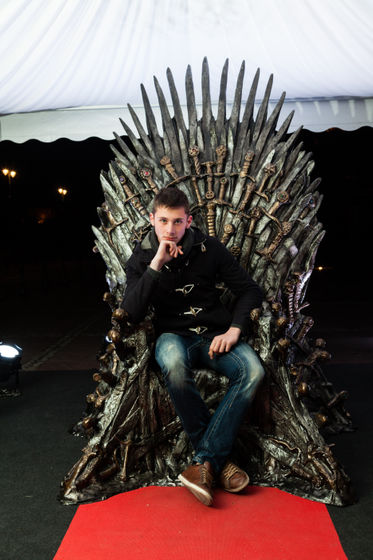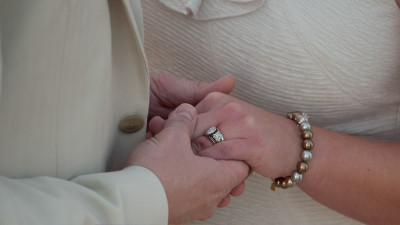What's happening in the brains of those who have become the characters of 'Game of Thrones'?

by
Many of the people who have been absorbed in fiction works such as movies and novels should say, 'I was influenced by the character I'm working on.' By researching the brains of fans of the popular drama ' Game of Thrones ' based on the fantasy novel ' A Song of Ice and Fire ', the brains of people who have become fictitious characters think about themselves. It turned out that the same part as was active.
Becoming the King in the North: identification with fictional characters is associated with greater self–other neural overlap | Social Cognitive and Affective Neuroscience | Oxford Academic
https://academic.oup.com/scan/advance-article/doi/10.1093/scan/nsab021/6143004
What happens in your brain when you'lose yourself' in fiction
https://news.osu.edu/what-happens-in-your-brain-when-you-lose-yourself-in-fiction/
The phenomenon that a fictional character appearing in fiction has a great influence on many people often occurs. For example, when actor and comedian Robin Williams died in 2014, he said, 'I became a teacher inspired by John Keating, a teacher played by Williams in the 1989 movie Dead Poets Society.' Many human comments were posted on SNS in memory of Williams' death.
Timothy Broom and his team, who are studying psychology at Ohio State University to find out how people are influenced by fictional characters, are fans of the Game of Thrones (GOT). We conducted an experiment in which 19 people were scanned for the brain by magnetic resonance imaging (fMRI).
Regarding the reason for using GOT as the theme, Mr. Bloom said, 'It was ideal for this survey because it has many enthusiastic fans and it is easy to empathize with the appearance of many characters with a lot of variations.' It explains.
In the experiment, 19 subjects were instructed to think about 'self,' '9 friends,' and '9 characters in GOT,' and the state of the brain at that time was scanned. The characters of GOT instructed by the subjects are ' Bron ', ' Catelyn Stark ', ' Cersei Lannister ', ' Davos Seaworth ', ' Jamie Lannister ', ' Jon Snow ', ' Peter Baelish ', and ' It was 9 characters of 'Thunder Clegane ' and ' Ygritte'.

by Gencho Petkov
When the subject's brain was scanned to investigate the function of the prefrontal cortex ventromedial part (VMPFC) , which is mainly used for self-reflection, the activities of VMPFC were 'self', 'friends', and 'GOT'. It became more active in the order when I was thinking about 'person'. In addition, in the subjects who answered 'I will become a character in a fiction work' in a preliminary questionnaire, the function of VMPFC when thinking about 'characters in GOT' is significantly higher than other subjects. It also turned out to be expensive. This tendency was especially noticeable when considering the GOT characters who answered 'most intimate' in another survey conducted in advance.
'In the brains of people who have become their favorite fictional characters, the same places they used to think about themselves were used,' Bloom said of the findings. 'For some, fiction is an opportunity to gain a new identity and see the world from a different perspective,' said co-author Dylan Wanger. In this study, 'People are the characters of the story. If you experience as if you were alone, you will have a connection with that character. '
Related Posts:
in Science, Posted by log1l_ks







